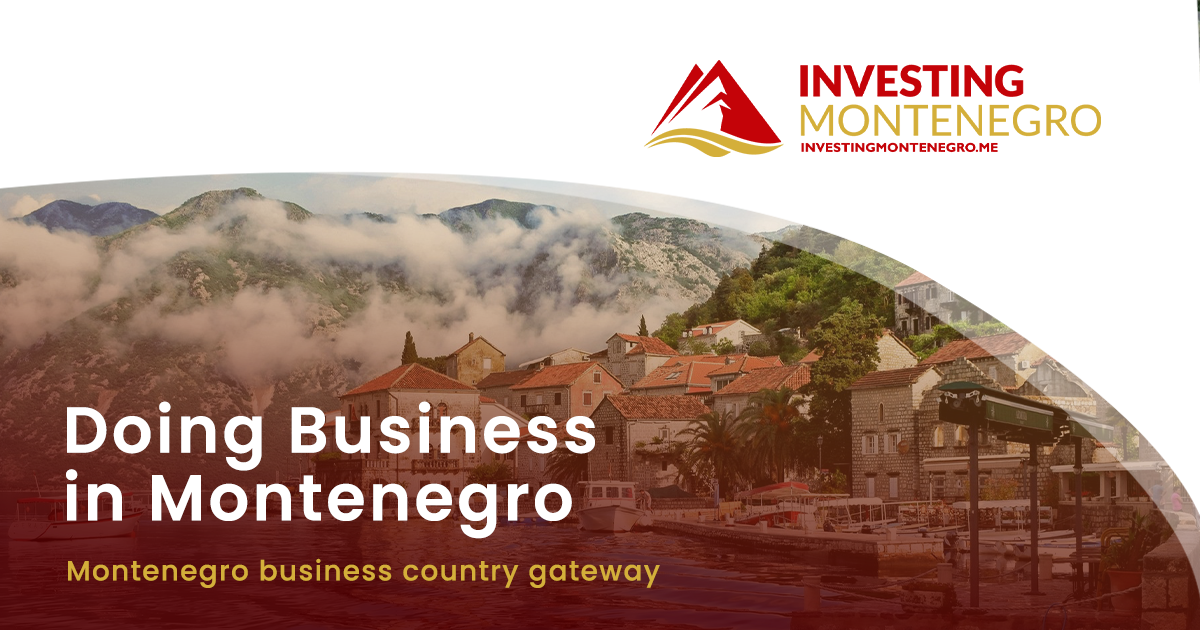“They are never late, arrive well-informed about Montenegro, take photos non-stop and are enchanted by nature.” This succinct description of Chinese tourists comes from Miloš Lazarević, a guide from Žabljak, a town in northern Montenegro.
For the past decade, Lazarević has introduced Montenegro to Chinese visitors, whose interest in the destination has surged significantly over the last ten years.
According to the Statistical Office, nearly 39,000 Chinese tourists visited Montenegro in the first eight months of this year—up from fewer than 8,000 in 2014. The peak year was 2019, just before the COVID-19 pandemic, when nearly 75,000 tourists came to the country.
“They love green landscapes, cultural and historical sites, particularly UNESCO World Heritage locations,” says Ljiljana Ćetković Maraš from the National Tourism Organization.
She believes this increase is due in part to the visa-free regime for group visits and enhanced promotion of Montenegro in Chinese media. Notably, the travel magazine Travelling Scope named Montenegro the best foreign destination for natural landscapes.
“In China, we’ve overly developed our cities. In this rush for urbanization and technology, we’ve lost touch with our natural environments,” explains Liu Qichao, a facilitator between Chinese and Montenegrin travel agencies.
Entry requirements for Montenegro
Chinese tourists need a visa to enter Montenegro individually. However, for group trips, they can obtain invitation letters through Montenegrin agencies that have contracts with Chinese agencies, allowing them to stay for up to 30 days based on a paid package.
Chinese visitors have become more common in Montenegro post-pandemic.
Must-visit locations
Lazarević confirms that UNESCO sites top the list for these tourists. “National Park Durmitor, Perast and Kotor are unmissable. They often say skipping these would be like going to Rome without seeing the Vatican.”
Every Chinese tourist typically visits the Đurđevića Tara Bridge, which resonates with their childhood memories from a classic film. “The 1969 movie ‘Most’ is one of the most-watched Yugoslav films in China and a significant part of their upbringing, having been filmed there.”
They see the bridge as a symbol of history, sacrifice, and struggle, which they greatly respect.
Engaged and informed tourists
Lazarević notes that these tourists arrive well-prepared and full of questions. “They know what they want to see and which routes to take.” They frequently ask about the weather, eager to plan their activities accordingly.
One source of frustration for them is the lack of digital services in Montenegro. “They find it hard to understand why they can’t buy tickets online.”
They are also passionate about photography. “I’ve never met tourists so dedicated to taking pictures. They rarely put their phones or cameras down. It’s incredible how many photos they take in places like Kotor, Perast, or Black Lake, which they then share on WeChat.”
A unique view of Montenegro
Liu Qichao, a liaison between Chinese travel agencies and a Montenegrin agency, emphasizes how impressed she was by the ability to experience both the sea and mountains in one day. “One day, we swam in the sea and then hiked in Durmitor, swimming in Black Lake—a priceless experience.”
She also mentions how her fellow countrymen are surprised by the number of people leisurely enjoying coffee in outdoor cafes. “They often comment on how many people sit and relax with a coffee. I know you call it ‘taking it easy,’ which is wonderful to me, coming from a place where everyone is always rushing.”
Culinary preferences
Chinese tourists are typically loyal to their cuisine. “We aren’t used to Western food, so they always look for Chinese options while traveling. I personally enjoyed the taste of hamburgers,” Liu says.
In contrast, Lazarević finds that many Chinese tourists are eager to try Montenegrin dishes, although they often describe them as bland, as they prefer spicy flavors. “When they try traditional meals like cicvara and kačamak, they find them heavy and usually share one portion among four. They are also surprised by the large meat offerings.”
Regarding desserts, they find it odd that Montenegro lacks traditional, authentic sweets. “Wherever they go, they see Ferrero products, chocolate flavors, tiramisu… but they are delighted with local jams.”
Montenegro: An attractive destination
Ljiljana Ćetković Maraš states that the rise in Chinese tourists is partly due to the lifting of travel restrictions after nearly three years. Montenegro has reappeared on the list of recommended destinations for Chinese citizens, indicating a gradual return to this important market.
It’s no surprise that Montenegro received an award from Travelling Scope, especially since the National Tourism Organization has a presence on the popular Chinese social network Weibo.
Additionally, Montenegro was honored with the “Best Bang Awards” for best luxury destination by Wi Trip, a travel magazine, at a ceremony attended by around 300 representatives from the Chinese tourism industry and airlines.













